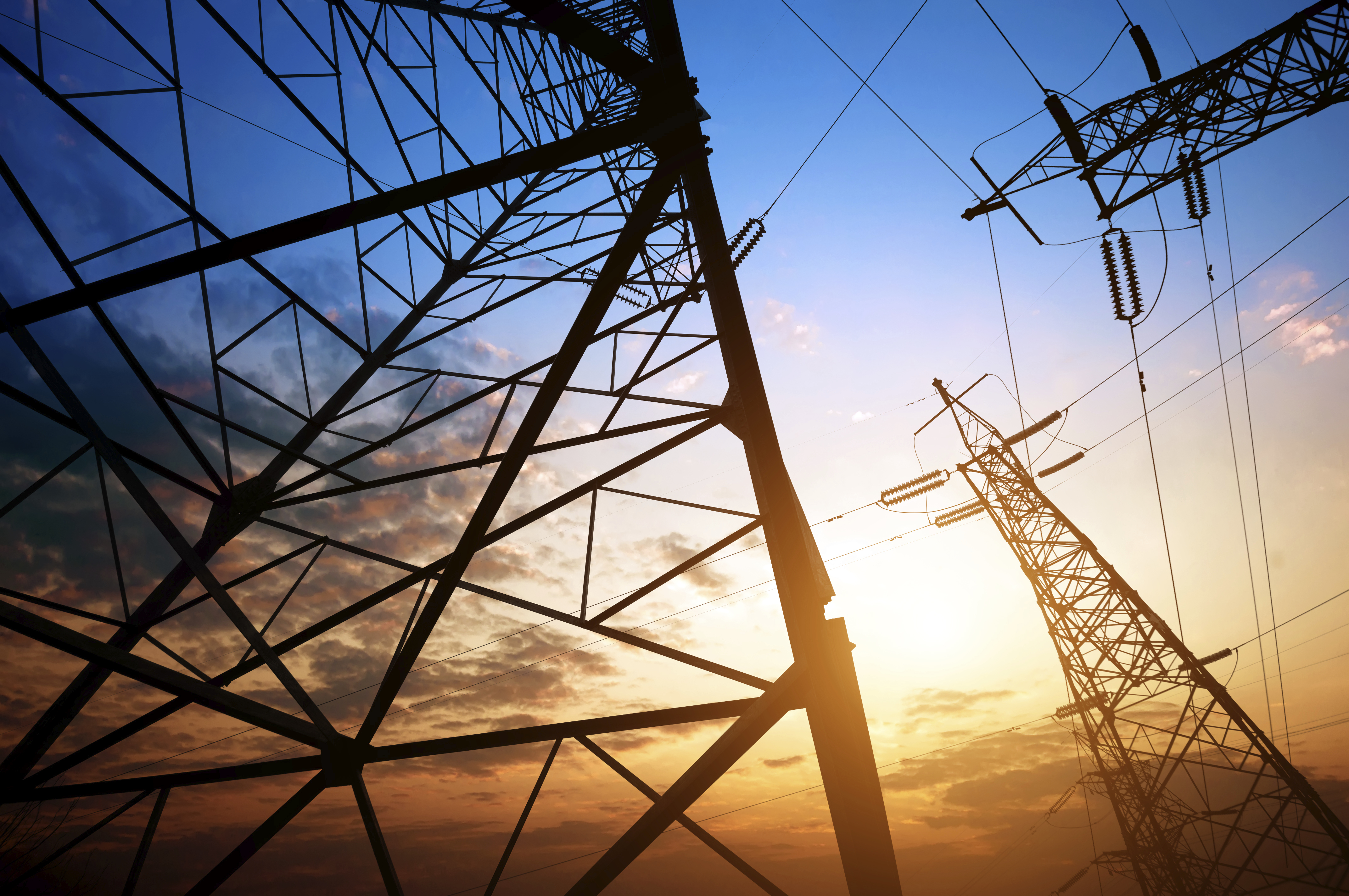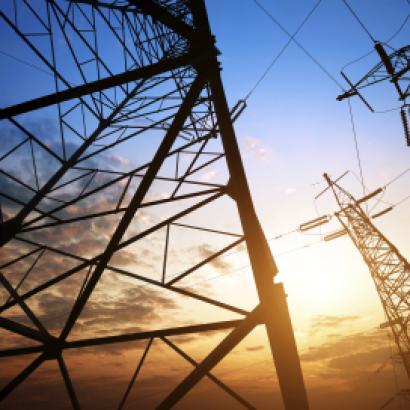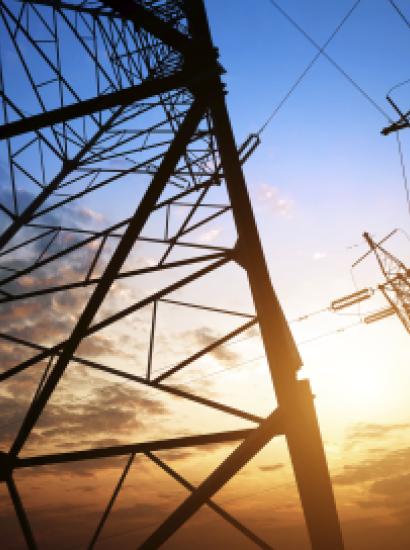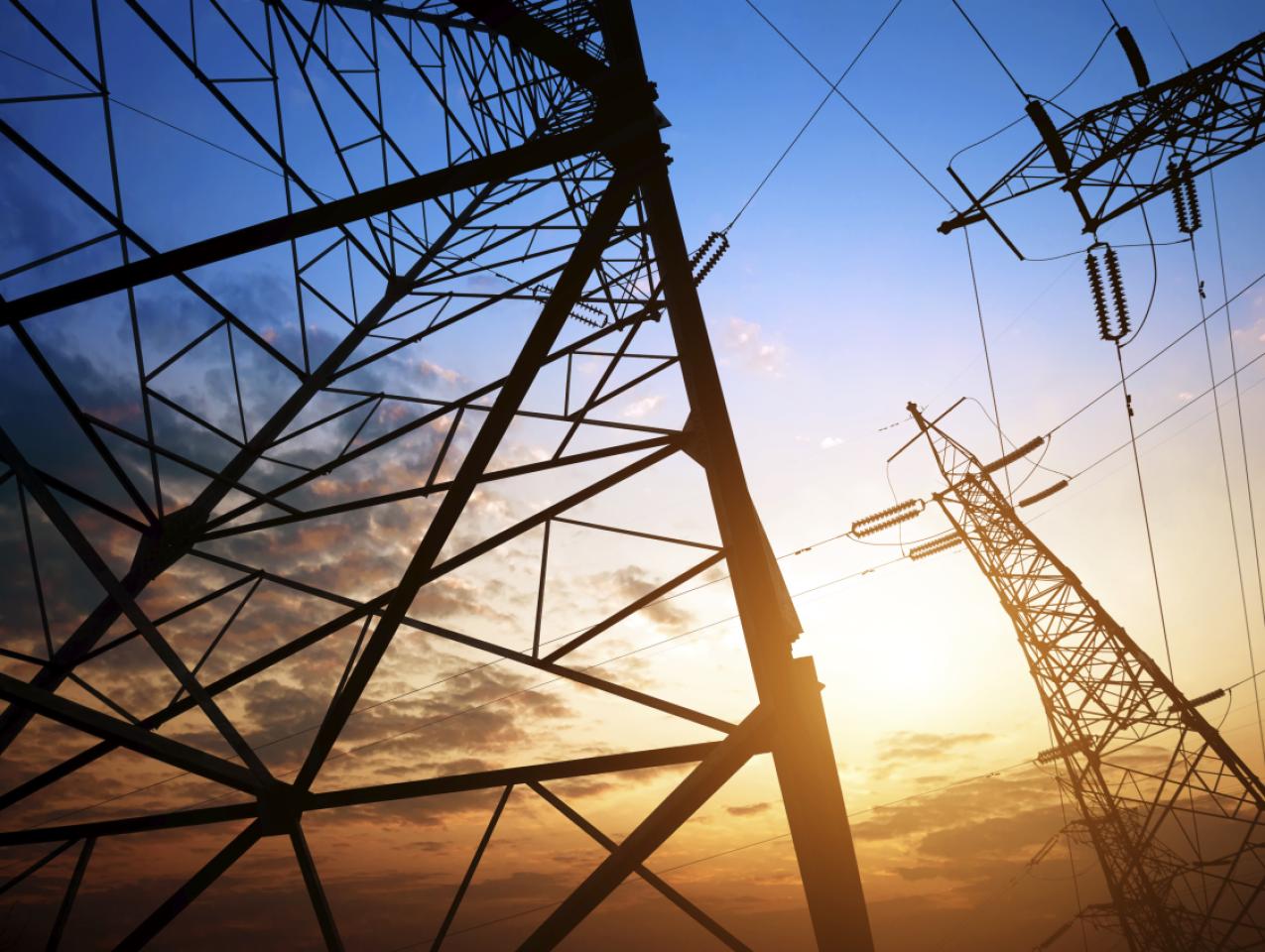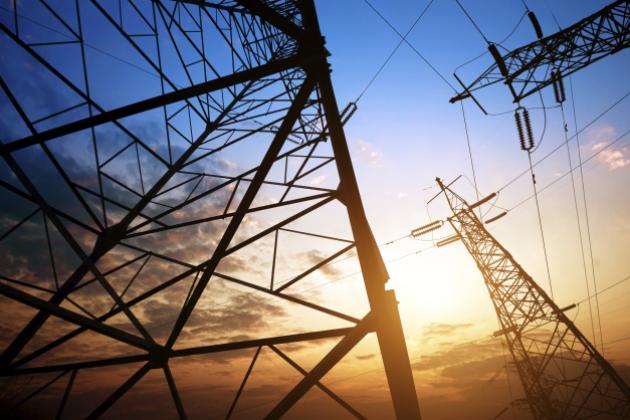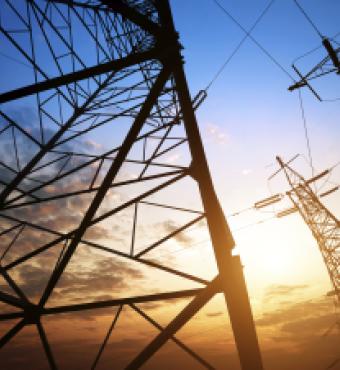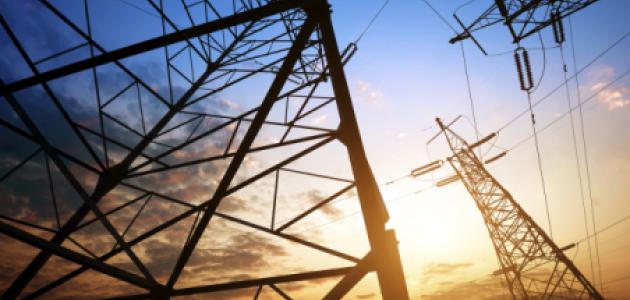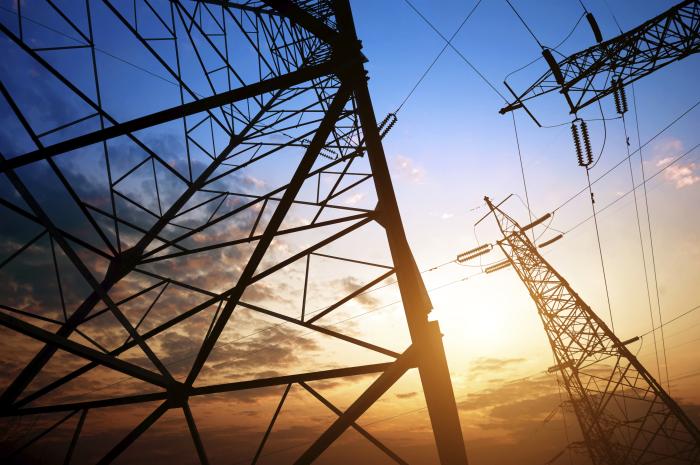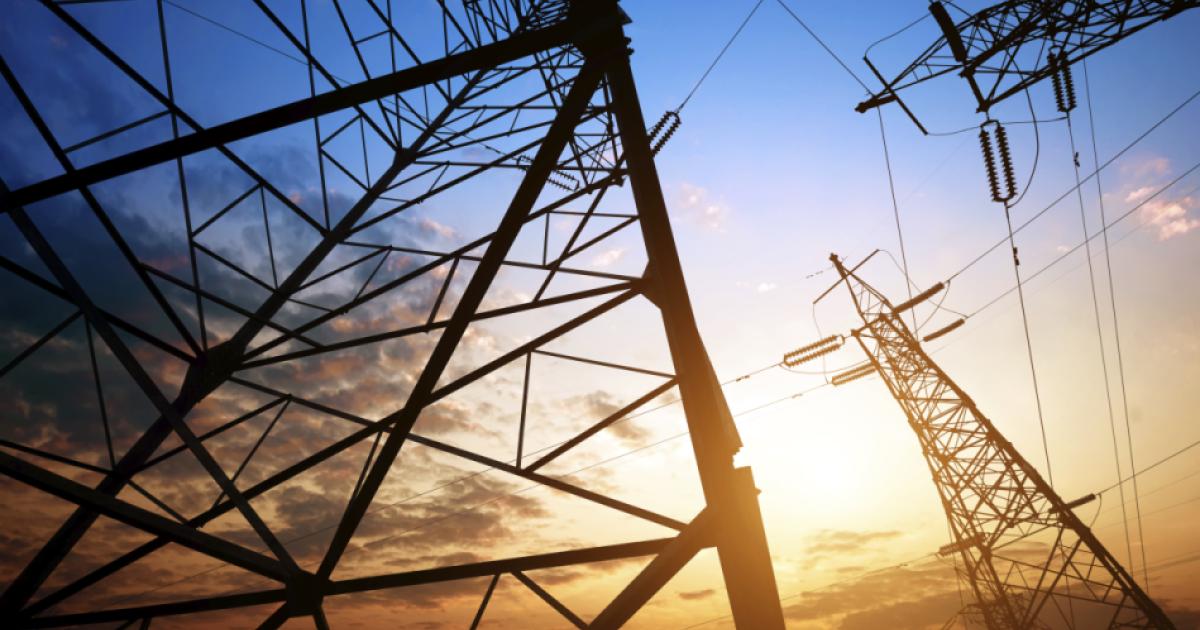- Energy & Environment
- Politics, Institutions, and Public Opinion
- State & Local
- California
Where Were You When the Lights Went Out? is a 1968 romantic comedy starring Doris Day, who plays an actress caught in the great Northeastern blackout of November 1965 (like many a Day film, she accidentally ends up in bed with the wrong guy, yet manages to keep her virtue intact).
The 2019 real-life version of a blackout, which played out in parts of Northern California last week, is no laughing matter. Hundreds of thousands of Californians went hours—even days, in more rural stretches—without power (PG&E and Southern California Edison, the local electricity providers, did so proactively out of fear that high winds could bring down power lines and spark wildfires).
It’s what one might expect in a socialist hellhole like Venezuela, but not in a state representing the world’s fifth-largest economy.
For many a Californian, 2019’s version of “lights out” in California hearkened memories of last decade’s infamous “rolling blackouts.” At the time, the Golden State not having enough electricity on hand to meet demand, thus forced providers to cut off the juice to select populations.
The result of that debacle: bankruptcies, allegations of price-fixing and, come October 2003, the voter recall of Governor Gray Davis in favor of Arnold Schwarzenegger—which is why this isn’t welcome news for Gavin Newsom, currently in his first year as California’s chief executive.
It also begs this concern: just how creative California, a state that prides itself as living on the cutting edge of the future and having an ability to quickly adapt to adversity, really is.
As opposed to announcing periodic blackouts to keep downed live wires from sparking fires, why not examine the feasibility of disconnecting fire-prone regions from the larger electric grid (local renewables and storage might suffice in a pinch)? Could more portions of Northern California be better served by underground transmission and distribution lines (as is being done in parts of the region that were ravaged by last year’s Camp Fire)?
Last week’s bad news raises another California question—one asked by the last San Franciscan you’d except in a Doris Day comedy, Clint Eastwood’s rogue police detective “Dirty Harry” Callahan: “Do you feel lucky, punk?”
“Luck” is an unsettling four-letter word that arises every October 17 in the Golden State. That’s because, thirty years ago on this day, the Bay Area fell victim to a massive earthquake (6.9 on the Richter scale) that placed that year’s World Series on hold, set parts of San Francisco’s fashionable Marina District on fire, pancaked a double-decker freeway across the bay in Oakland, and took out a 250-ton section of the Bay Bridge.
Let’s contrast to what happened this past July, when two earthquakes—one stronger than the 1989 temblor (7.1 on the Richter scale), the other one weaker (it measured 6.4)—struck a remote part of Southern California.
The damage occurred principally near the small town of Ridgecrest, about 150 miles northeast of Los Angeles and known primarily as a pit stop on the way to Mammoth Mountain’s ski trails.
Given the location in a less developed part of California, the economic loss from the two earthquakes—the largest in Southern California in over two decades—is ballparked at roughly $1 billion. The damage suffered 30 years in the Bay Area after the Loma Prieta quake: ten times that ($7.6 billion in direct damage and about $2.6 billion in uninsured property damage and secondary economic impacts).
Put either of those 2019 earthquakes in a more populated California and it’s a different story in terms of economic devastation and social upheaval (and yes, California is overdue for “the big one”).
The funny thing about the current California electorate: despite this seismic good fortune, voters don’t seem to be counting their blessings these days.
According to a Public Policy Institute of California (PPIC) survey released earlier this month, 54% of respondents believe the Golden State is going in the wrong direction (41% said the right direction). When asked about economic conditions in California for the next year, the split was pretty much the same (54% expect bad times, 37% expect good times).
That survey was preceded a few days earlier by a Berkeley IGS Poll that showed 52% of California’s registered voters admitting to having considered a move to greener pastures beyond the state line.
The impetus for the exodus? California’s high cost of housing (71%), high taxes (58%), and the state’s political culture (46%). Keep in mind, those were opinions sought in mid-September, a month before electricity matched conservatism as a vanished commodity in Northern California.
What this represents, if you’re Newsom and not just the governor but also the state’s head cheerleader, is what the political commentator Dan Walters calls “the California Paradox.” As Walters describes it, California is a state whose median personal and household income have been on the rise, yet it scores poorly on what one nonprofit characterizes as “social progress” (safety, health, education, environmental quality, inclusiveness).
Newsom himself is study in contrasts: there’s no Republican lurking in the shadows, threatening his tenure, but he does stand on shaky ground. In the aforementioned PPIC “Mood of California Voters” survey, Newsom’s approval rating stood at 43%. His disapproval rating: 44%. That’s down some 15% since he took office in January and the first time since 2012 that a California governor’s popularity was “underwater” (by contrast, the Berkeley IGS Poll had Newsom’s approval numbers 20% higher).
Perhaps that’s why Newsom recently did something odd for his young governorship—odd in that, rather than extolling California’s progressive virtues, he tempered his enthusiasm and tried to downplay expectations for the years ahead.
Playing the role of a cockpit pilot, Newsom cautioned that California’s longest-ever period of economic expansion is slowing: “Folks, we’re about to begin our descent. We’re still at 36,000 feet, but we’re about to begin our descent.”
“Dirty Harry” Callahan might ask: does Gavin Newsom feel lucky? Will he have the same relatively good fortune as did his predecessor?
And as for “Captain” Newsom’s feared economic landing: exactly when it happens, we can’t say. But unlike last July’s seismic events in Southern California, it won’t occur in a remote locale.
And if California’s economy goes south, much more than this summer’s $1 billion earthquake-related hit will be at stake.







